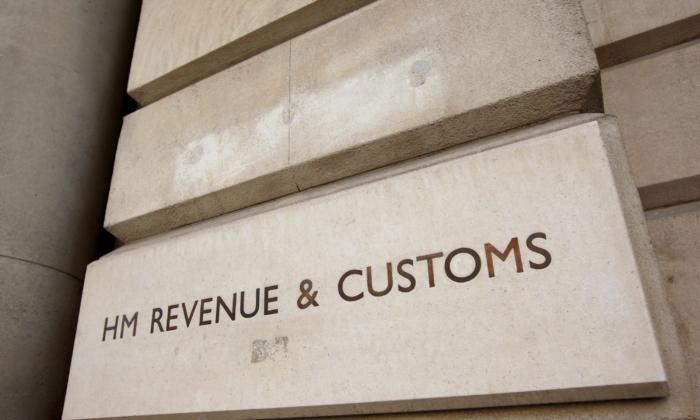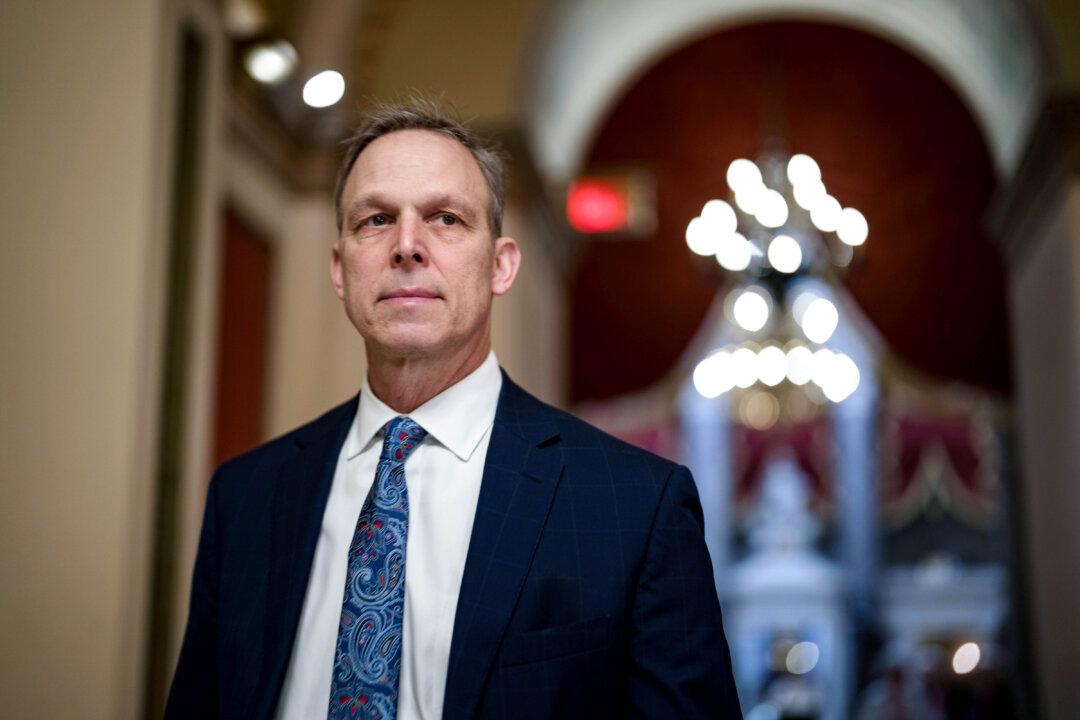Personal taxes are rising for many in 2024 despite a cut in National Insurance contributions (NICs) rate, the Institute of Fiscal Studies (IFS) said.
It comes after IFS Director Paul Johnson questioned Labour’s reported plan to promise tax cuts, saying it would add “another period of austerity on public service” as both parties have claimed they want to reduce public debt.
According to the IFS, the NIC cuts from Saturday will deliver reductions ranging from £48.6 to £754 for people in different earning levels.
However, only those on average earnings will enjoy an over tax reduction because the benefit for others will be more than cancelled out by frozen tax allowances and thresholds. according to the analysis.
Freezing tax thresholds instead of letting them rise with inflation drags more people into a different tax band in which they will pay more taxes.
According to IFS projections, because the threshold freeze is set to last until the year 2027/28, average earners will also have a larger tax burden.
“Considering all of the reforms to rates and thresholds of income tax and NICs from 2021 up to and including 2027–28 ... For someone earning £35,000 in 2027–28, the cut in the NICs rate is a tax saving of £443 per year but the effect of all changes together is a tax increase of about £440 per year,” the IFS said.
Sir Keir Starmer on Thursday refused to promise that he would unfreeze tax thresholds if Labour gets in government, telling Sky News, “I’m not going to make promises that I can’t keep.”
The Labour leader also said he would reverse the change if the Conservative government reduces inheritance tax.
‘Pretty Surprised’
However, Mr. Johnson said he’s dubious about any promise of tax cuts.Asked about media reports that said Labour was mulling tax cuts, the IFS director said on Thursday morning that he was “pretty surprised.”
Citing pressure in public services including in the NHS, the justice system, and local authorities, Mr. Johnson told BBC Radio 4’s “Today” programme, “All of the pressure is to spend more, and of course, spending more implies taxing more.”
With a general election expected in the second half of this year, Mr. Johnson said “a lack of clarity” from both main parties “about the really sharp choices that are going to face us after the next election” is “something we’re going to get used to over the coming year,” adding that an overall tax cut implies spending cuts.
“Of course, you can target some cuts and increase others,” he said, “but what you can’t do, I think—given the state of the public finances, and given ... both parties say that they are focused on getting overall national debt down over the next Parliament—If you really want to do that, then you can’t cut taxes and increase spending, or indeed, you probably can’t cut taxes and keep spending anywhere near where it is.
“If you’re going to cut taxes net, get debt down, then you’re going to have frankly a period another period of austerity on public service,” he said.
At the time of the last general election, around a third (33 percent) of the national income, measured by GDP, went to the Treasury’s pocket. By the time of the next election, the tax burden is expected to rise to 37 percent of GDP, the highest proportion since the record on tax revenue began in 1948, the IFS said in September last year.
According to the Office for Budget Responsibility, the UK’s tax burden in 2021 remained below the average across other advanced economies.







